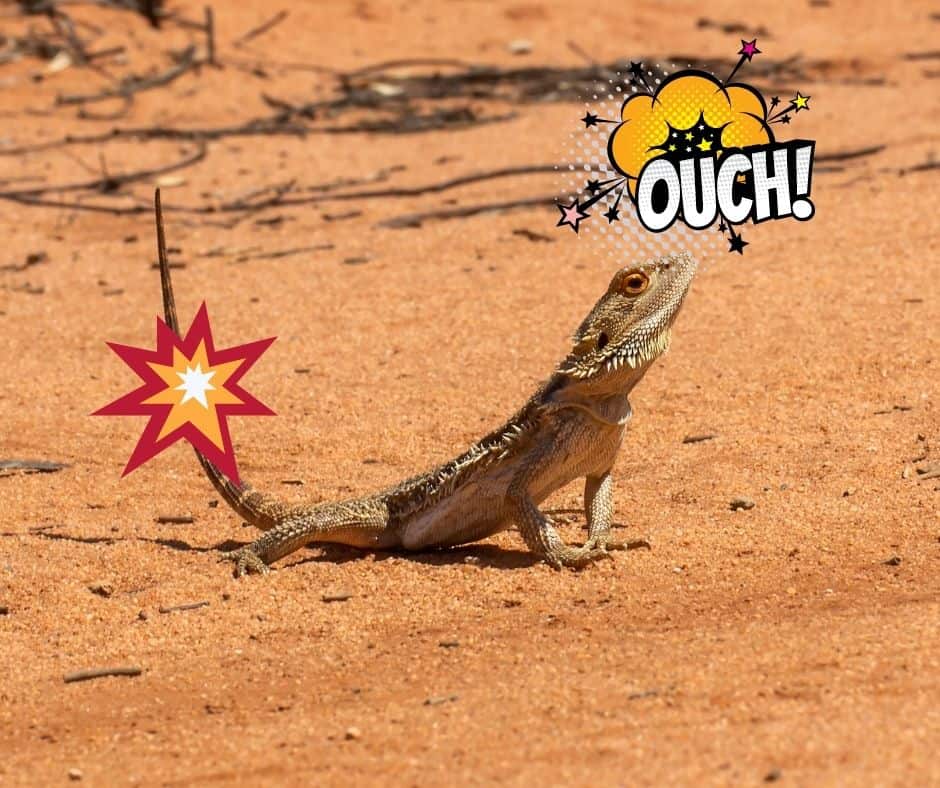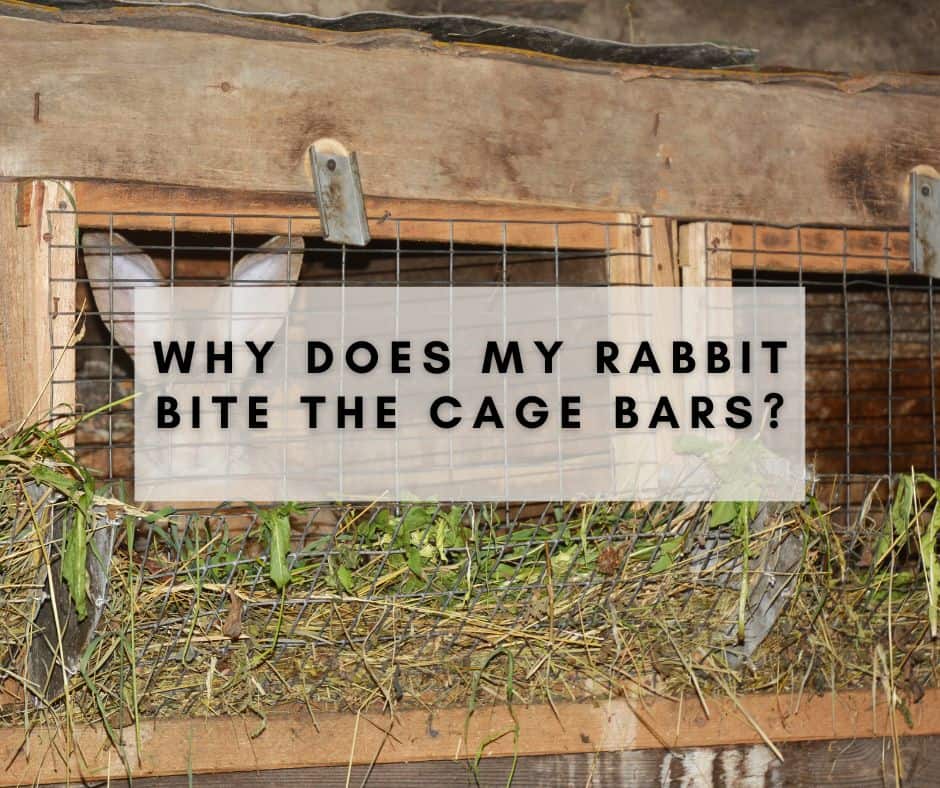
We understand and relate to a lot of young kids that feel pity for lizards that have lost their tails. After all, we were once there too. However, little did we know that the lizard’s tail grows back. It becomes even more dramatic when that lizard is your pet. It’s almost like something from a super-hero movie!
Nevertheless, if you are concerned about a lizard not having its tail, in this article we shall discuss some important things about the lizard’s tail’s regrowth.
If your lizard has lost its tail, the average time required to grow back is about 60 days. This can however be very different depending on various factors which we will discuss below.
What is the Process of Regrowth?
Before we look into the time and factors involved in the process of regrowth. We first need to look at the very process that brings their tail back. It would be interesting, and it will help you understand the things we shall discuss ahead even better. Read as follows:
Contents
326 Genes are activated throughout the body
When a lizard loses its tail, about (or exactly) 326 genes are activated in their body, which is focused on the regeneration of the lizard’s tail.
- In fact, this particular system has caught the eye of medical science, as they are researching if humans too can the limbs be made to regenerate.
- It would be interesting to see the progress we make in this domain.
Imagine not worrying about losing your arm, as you can regenerate it. It means we can all become Wolverine (or Deadpool).
WNT Pathway
All the genes of the lizard turn on into this pathway. This starts the regeneration process that goes on until the tail is fully regenerated.
Satellite Cells
This is a unique type of cell that lizards share with humans. These cells can grow into skeletal muscles and other tissues. Through this area scientists are finding a way to incorporate regeneration into humans too.
What are the factors that affect the Lizard’s Tail’s Growth?
Now that we have a general idea of the regeneration process, we shall look into the factors that may affect the time required for the lizard’s tail to regenerate. They are as follows:
The genetic build-up of individual Lizards
Like all organisms, lizards have diversity in them. That means each lizard may vary in the time needed for their tail to regenerate depending on the genes they inherited from their parents. This is the reason we may see slightly different regenerative times in 2 different lizards in “utterly” the same circumstances like health, routine, diet, etc.
The health of the Lizard
The health of the lizard may play an important role in the regeneration of their tails.
- As it is quite obvious, healthy lizards will have a faster regeneration time as compared to lizards that are comparatively weak.
- Moreover, certain health conditions like diseases may also put an impact on the regeneration time.
It should be noted that if an unhealthy lizard’s tail grows back as fast, it could be due to other factors or the regeneration would not be accurate, i.e., would have some fundamental flaws.
The environment the Lizard is in
Although a lot of research is required in this domain, the environment a lizard is in may have an impact on the time required for their tail to regenerate.
Some environments may lead to circumstances where the regeneration time is considerably lower, white other environments and environmental circumstances could facilitate the process of regeneration.
Physical damage to the Lizard
While we are considering various factors, this is also one of the utmost importance.
- Lizards usually lose their tail when they are attempting to escape from a predator.
- However, this must mean that the probability of them getting injured elsewhere in this process is also quite high.
A lizard that is injured in various places may have a regeneration time that is considerably slower than a lizard that is not injured, or escaped from its predator successfully.
The reason is quite obvious: an injured lizard’s body would require healing in other places too. The nutrients and the energies of the regenerative system of a lizard will be focused on healing those wounds first, depending on their genetic makeup. Even if they go concurrently, the speed would be reduced.
Diet of the Lizard
This particular factor goes without saying. When you are injured somewhere, a doctor always recommends you to have a protein-rich and healthy diet. This is because a surplus of certain foods will make your wounds heal quicker. You too may have noticed your wounds healing (or regenerating) quicker when you have a good diet, compared to when your diet is poor.
It follows that if the lizard is well fed and has a good diet, their lost tail will regenerate quicker as compared to when the diet they have is poor.
What is the average Time required for a Lizard’s Tail to Grow back?
Now that we have peeped into the process of regeneration of a lizard’s tail, and also looked at the various factors that influence the time required for regeneration, we shall look into the average time required for it. Read as follows:
- Firstly, it should be noted that by average here we mean the time that would be required if the lizard is well fed, has good health, is not injured, and is put in an ideal environment.
- If the lizard is in the ideal circumstances, there will be no factors that are halting or holding off the regeneration process, so that would be the accurate time that we can measure. Most lizards regenerate in ideal environments for them anyway.
- The average time required for a lizard’s tail to grow back in about 60 days. Even if all the factors are considered, the time will remain around, i.e., a little above or below, 60 days and will not diverge a lot.
Final Thoughts
If you see that the lizard’s tail is regenerating extremely quickly, it would a one of a kind. On the contrary, if the regeneration is extremely slow, i.e., way above 60 days, it could be a result of a potential flaw or disease. If it is your pet, you may take it to a vet.



